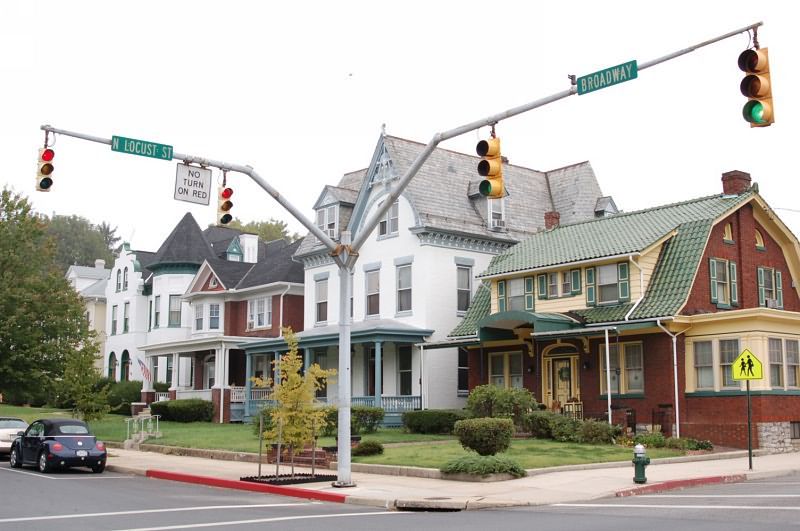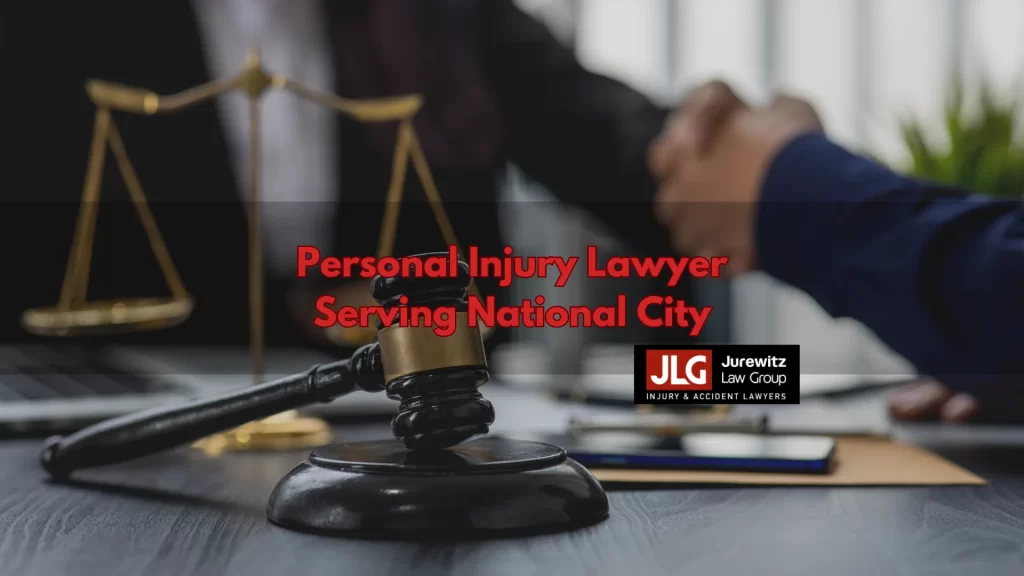Unprotected Left Turn: Understanding the Risks and Safety Measures

Introduction
When we talk about driving, one of the most common and often dangerous maneuvers is the unprotected left turn. This article aims to shed light on this crucial aspect of driving, providing you with comprehensive knowledge, expert insights, and safety measures to navigate these turns safely. Whether you are a new driver or an experienced one, understanding the risks involved in unprotected left turns and knowing how to handle them can significantly reduce the chances of accidents and ensure road safety.
Unprotected Left Turn: What is it?
An unprotected left turn refers to making a turn from one road onto another, crossing oncoming traffic without the aid of a traffic signal or a dedicated left-turn arrow. In other words, the driver has to yield to oncoming traffic and find a suitable gap to make the turn safely. This maneuver requires sound judgment, attentiveness, and a keen understanding of the surrounding traffic.
The Risks of Unprotected Left Turns
Unprotected left turns come with inherent risks due to the potential for collisions. Here are some of the key risks associated with making this turn:
- Oncoming Traffic Collision Risk: The most apparent risk of an unprotected left turn is the possibility of colliding with oncoming vehicles. Misjudging the speed and distance of oncoming cars can lead to severe accidents.
- Pedestrian Vulnerability: Pedestrians crossing the street while a driver attempts an unprotected left turn add another layer of risk. Failing to notice pedestrians or misjudging their movements can lead to tragic consequences.
- Limited Visibility: In certain intersections, obstacles like buildings, trees, or parked cars may obstruct the driver’s view, reducing their visibility and making it challenging to assess oncoming traffic.
- Aggressive Drivers: Some drivers may exhibit aggressive behavior, like speeding or running red lights, making it even more hazardous to execute an unprotected left turn.
Safety Measures to Mitigate Risks
While unprotected left turns carry risks, practicing the following safety measures can significantly reduce the likelihood of accidents:
- Yield Patiently: When attempting an unprotected left turn, wait for a substantial gap in oncoming traffic. Be patient and avoid rushing, as impatience can lead to hasty decisions and potential collisions.
- Use Turn Signals: Always use your turn signals to indicate your intentions to other drivers. Signaling early allows drivers behind you to anticipate your turn and adjust their speed accordingly.
- Scan the Intersection: Before initiating the turn, carefully scan the intersection and check for pedestrians, cyclists, and oncoming vehicles. Maintain vigilance and be prepared to yield if necessary.
- Position Your Vehicle Correctly: Position your vehicle close to the centerline while waiting for an opportunity to turn. This provides better visibility of oncoming traffic and allows other drivers to see your intentions clearly.
- Avoid High-Traffic Times: If possible, avoid making unprotected left turns during rush hours or high-traffic times when the risk of collisions is higher.

Unprotected Left Turn: A Case Study
To illustrate the potential dangers of unprotected left turns, let’s take a look at a real-life case study:
Case Study: Intersection X
In a busy urban area, Intersection X witnessed numerous accidents involving unprotected left turns. The traffic flow was high,safety measure and visibility was limited due to large buildings on one side of the road. Drivers attempting left turns struggled to find suitable gaps in oncoming traffic, leading to collisions and near-misses.
After conducting an analysis, traffic engineers decided to implement the following safety measures:
- Left-Turn Arrows: To regulate left turns, traffic engineers added left-turn arrows to the traffic signals. This provided dedicated time for left-turning traffic, reducing the chances of collisions.
- Clear Signage: Clear and informative signage was placed to alert drivers of the upcoming intersection and the presence of a dedicated left-turn signal.
- Pedestrian Crosswalks: Engineers also installed pedestrian crosswalks with adequate signals, reducing conflicts between pedestrians and turning vehicles.
- Public Awareness Campaign: An extensive public awareness campaign was launched to educate drivers about the risks associated with unprotected left turns and the importance of cautious driving.
The implementation of these safety measures led to a significant reduction in accidents at Intersection X, making it a safer location for both drivers and pedestrians.
FAQs (Frequently Asked Questions)
1. How can I safely make an unprotected left turn in heavy traffic? Making an unprotected left turn in heavy traffic requires extra caution. Wait for a significant gap, use your turn signals early, and be prepared to yield to oncoming traffic or pedestrians.
2. Are there any alternative routes to avoid unprotected left turns? Yes, in some cases, drivers can choose alternative routes with traffic signals or dedicated left-turn lanes to avoid unprotected left turns.
3. Should I always yield to oncoming traffic when making an unprotected left turn? Yes, yielding to oncoming traffic is essential for safety. Only proceed with the turn when you have a clear and safe gap in oncoming traffic.
4. What do I do if my view is obstructed while attempting an unprotected left turn? If your view is obstructed, edge forward slowly while checking for oncoming vehicles and pedestrians. Proceed with extreme caution and be prepared to stop if necessary.
5. Can aggressive driving increase the risks of unprotected left turns? Yes, aggressive driving can heighten the risks associated with unprotected left turns. Aggressive drivers may not follow traffic rules, making it challenging to predict their actions.
6. How can traffic engineering improve safety at intersections with unprotected left turns? Traffic engineering can improve safety by adding left-turn arrows, clear signage, pedestrian crosswalks, and conducting public awareness campaigns to educate drivers about safe practices.
Conclusion
Mastering the art of executing unprotected left turns is crucial for every driver. By understanding the risks involved and adopting safety measures, we can ensure safer roadways and reduce the likelihood of accidents. Remember to always prioritize patience, attentiveness, and responsible driving to keep yourself and others safe on the road.






